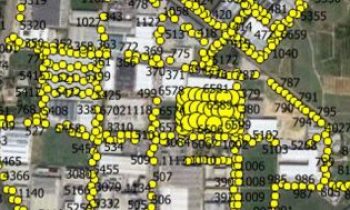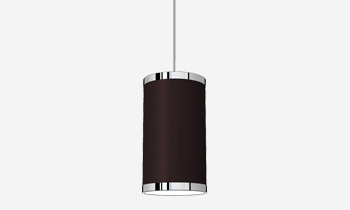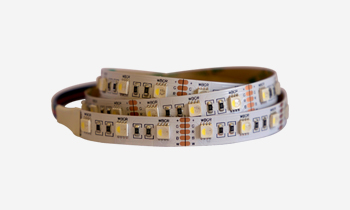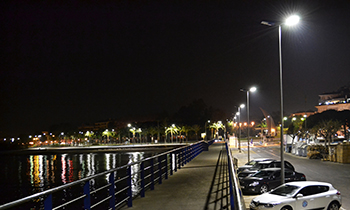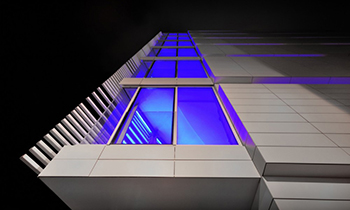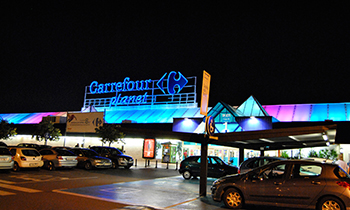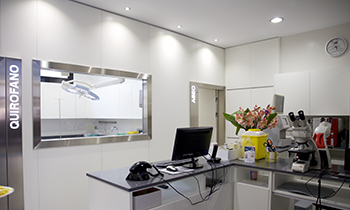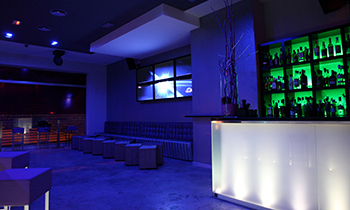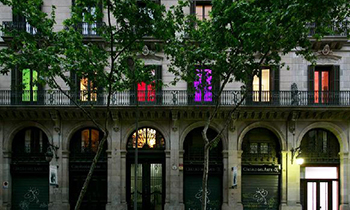Cities are large consumers resource centers. There are studies that say cities are responsible for 75% of world energy expenditure and generate 80% of the gases that cause the greenhouse effect. However, this can change. It is estimated that by 2050, 85% of the population live in smart cities. But, what does this concept that seems so fashionable mean?
A smart city is an emerging concept referring to a type of urban development based on sustainability and efficient structures capable of meeting the basic needs of institutions and business; but, above all, the citizens. Many agents are involved in this change, but the citizens are the ultimate goal and they have to feel involved and inspired in order to be part of this transformation at the social, economic, operational and environmental levels. These cities require infrastructure, innovation and technology to reduce energy consumption and reduce CO2 emissions.
Although the institutions are in charge of implementing public politics and enterprises are charged with promoting the growth and development of activity, the citizen has three key functions: as applicant, as a consumer, and sometimes, They will be their own solutions providers. It is therefore very important that everyone aware of the situation and work together to fulfill the initiatives that will lead us to find maximum welfare in our cities.
What are the problems that we have now in our cities?
- Energy consumption and emissions of carbon dioxide.
- The provision of goods and raw materials.
- Service delivery and security for all residents.
- Effective planning of urban mobility.
The city must meet a number of key features to be considered a true smart city:
- Sustainability: efficient in all its social, economic and environmental areas. There must be a good forecast of natural resources (and a trend towards the decline of nonrenewables) and a conscious use of the environment through a strong commitment among all shareholders. For example, the enhancement of electric vehicles.
- Modernity and innovation: to rethink and improve the structures of the city. Always to guide innovation towards comfort providing the best services: lighting, water, electricity, gas, telecommunications, transport, security, equipment, buildings. In this sense, we can speak of intelligent buildings. Buildings where automation will play a major role.
- Interconnection: we are in the digital age, we must make the most of the possibilities that allow us new information technologies and communication technologies (ICT). These information technologies help in controlling the various subsystems that make up the smart city. This also includes intelligent sensors that continuously collect data about the state of each sub-system to ensure that each fulfills its function. For example, each user can read data from their energy expenditure in real time through smart meters.
- Citizen participation: citizens must play an active role, involved in the management of the city and its resources in order to acheive a good quality of life. There should be a plurality of governance and relationship with other social agents must be transparent and fluid.
Goodwork, as a manufacturer of smart lighting, is very committed to the transition to smart cities. We encourage intelligent lighting thanks to continuous research in high-quality products and their technology. With this improved and guaranteed high energy efficiency and therefore increases savings; something very interesting for councils and municipalities when they shift to genuine smart cities.
Also at Goodwork, we take care of maintenance and management of incidents of lighting that must be replaced (facilities lighting panels, etc.) and offer an advanced management system “point to point” with specific web software. The so-called SMART CITY system that monitors every point of consumption of public lighting in a network connecting all components, with management software customized for each installation. That is, the ability to regulate and manage each point of lighting individually within the municipality.
Do not hesitate and move to LED with Goodwork.



